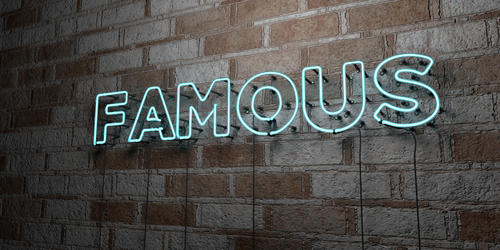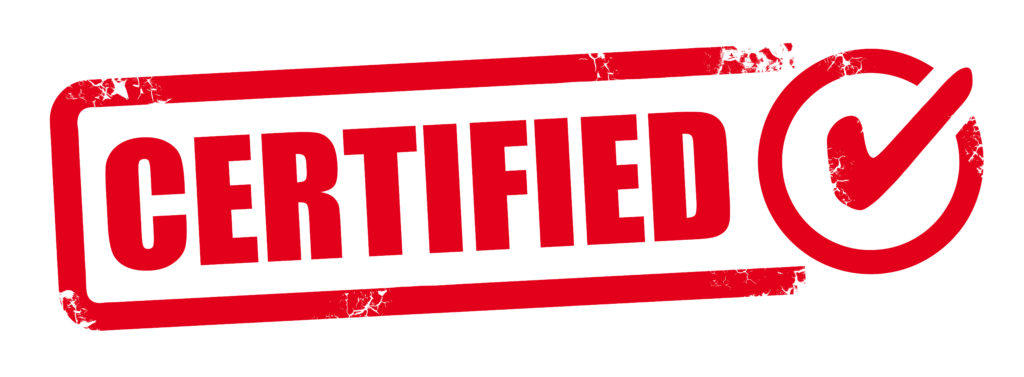Are you a follower of television shows like “Crime Scene Investigation (CSI)” or “Law and Order?” Or, perhaps you’ve enjoyed old reruns of “MacGyver.” Producers of these shows often portrayed the assistance of a forensic artist to help solve cases, even if only for dramatic effect. Forensic artists reproduce crime scenes, victims of a crime, or crime suspects. They are skilled in artistry and especially criminal investigation.
Forensic artists are some of the many forensic technicians that are essential to keeping the citizens of a country safe. According to the U.S. Bureau of Labor Statistics, forensic technicians are expected to see a job growth rate of 14% which is much higher than average. If this aspect of solving crimes fascinates you and you have artistic ability, why not pursue a career as a forensic artist? This article will unpack some vital information to get you on your way.
Quick Links:
Who are some famous Forensic Artists?
What is a Forensic Artist?
How do I become a Forensic Artist? Do I need a college degree?
Is an internship necessary to become a Forensic Artist?
What IS the job outlook and expected salary for Forensic Artists?
Do I need to be certified to become a Forensic Artist?
Do I have the characteristics to be a good Forensic Artist?
Who are some famous Forensic Artists?

If you decide to become a forensic artist, you’ll be in good company, without a doubt. Lois Gibson is perhaps one of the most influential and successful forensic artists of our time. Inspired to become a forensic artist after her own attack at the age of 21 in Los Angeles, she is responsible for over 1,000 convictions for the Houston Police Department. She holds the record for most identifications by a forensic artist in the 2017 Guinness World Record Book. Other impressive forensic artists include Joy Mann, Frank Bender, and Barbara Martin Bailey.
When you think of one of the most infamous sketches produced by the talents of a forensic artist, who do you recall? Yes, the hooded face of the Unabomber, Ted Kaczynski. And, who was responsible for the iconic rendition? None other than Jeanne Boylan. As of 1996, when Kaczynski was identified, Jeanne Boylan had worked on over 7,000 cases. Forensic artists are a key factor in solving many heinous and monstrous crimes.
What is a Forensic Artist?

A forensic artist, also known as a crime scene sketch artist, is responsible for sketching or creating a model of a person’s face. Primarily these interpretations are of perpetrators but sometimes are of unidentified victims, as well. Forensic artists assist in criminal investigations to present a recognizable composite drawing or image in hopes of providing justice for the victim’s family, as well as punishment for the guilty. Their expertise assistance in the identification of a criminal is a critical component of the judicial system.
Typically, there are three types of forensic art. Of course, with any topic, the more you know, the better. Often, students choose to specialize in a particular type of forensic art; however, most employers or certification programs require you to have at least some knowledge in all three disciplines as outlined below:
Composite Art is the most common type for forensic artistry. In this format, a witness or victim defines the facial features of the criminal that they have pulled from their memory of the event, often describing one body part at a time. The artist produces an image that is similar to the likeness of the perpetrator.
Through Facial or Post-Mortem Reconstruction the rendition of the subject is recreated by using digital software that produces 3-D imagery. Also, an artist may use clay to produce 3-D replicas by attaching it to a skull in hopes of creating and “bringing life” to an individual’s face for identification.
Image Modification or Age Progression is often used in locating children who have been missing for long periods of time. An estimation of what a child may look like as a teen could be very helpful in locating them years after they have disappeared. Sometimes old photographs are used for identification as well but require clarification or enhancements to be truly helpful in solving a case.
Recommended Schools
How do I become a Forensic Artist? Do I need a college degree?

The most apparent qualification needed to be a forensic sketch artist is the natural ability for facial composite drawing. Depending on who you would like to work for, you may be required to earn a college degree before being hired. If so, there are several routes to consider.
Typically, formal training in art is recommended. A two-year Associate of Art degree will focus on fundamental drawing skills, as well as composition, shading, painting, and creativity. Also, a Bachelor of Fine Arts degree will prepare you with advanced skills in composite life drawing, illustration, portraiture, and sculpting.
If your goal is to be employed by a law enforcement agency or the FBI, you will benefit from an online Bachelor of Criminal Justice degree. How can you benefit from earning this degree? Although crime is continuously on the rise, the need for a criminal sketch artist varies depending on the size of each community. Large metropolitan areas often employ forensic artists on a full-time basis; however, many police departments only call on them when needed. Many who fill positions in law enforcement as police officers, detectives, or in an administrative capacity often also double as forensic artists, making them a more valuable employee.
As a forensic artist or sculptor, your bachelor’s degree in criminal justice will allow for training in the proper way to treat a crime scene to avoid contamination. You will also learn how to understand police reports, and most importantly, how to take detailed notes of the witness’ testimony and perpetrator description, plus much more to help you accurately portray your subject. The bottom line is that by securing an alternate position within a police department or FBI agency with a criminal justice degree, you can get your foot in the door for pursuing a career as a forensic artist.
Is an internship necessary to become a Forensic Artist?

Although an official “internship” may not be required, someone just beginning their artistic journey as a forensic artist would undoubtedly benefit from the time spent assisting in a law enforcement department in whichever capacity they are needed. In addition, working in an art studio will also give you valuable experience in composite art.
Completing an internship program will provide you with an excellent opportunity to put together an impressive portfolio to show a potential employer, as many agencies require experience. Volunteering your artistic services is also a great way to display your skills.
What is the job outlook and the expected salary for Forensic Artists?

Unfortunately, the job outlook for a career in forensic artistry between 2018 and 2028 is only projected to increase by 1%, according to the U.S. Bureau of Labor Statistics; found under the category of “Sketch Artists” within the fields of fine arts and crafts. As previously stated, the services needed in this specific field of knowledge is dependent upon the size of the geographical area.
Although you should take into consideration the region in which you will seek employment, you can count on a salary ranging from $31,000 to upwards of $65,000 per year, with the average annual wage in 2019 reported as $59,1500 for all fine artists. With experience, forensic sketch artists can increase their fees accordingly, and earning certification will help as well.
Do I need to be certified to become a Forensic Artist?

As you progress in your quest to become a forensic artist, you will eventually want to become certified via the International Association of Identification (IAI) organization. The accolade is awarded as the Forensic Artist Certification. If you are interested in a pay raise, that’s one way to get it!
There are several stipulations that must be met to obtain the IAI distinction, such as proof of at least two years of professional forensic artistry experience, in addition to an extensive portfolio of actual investigative illustrations depicting all three types of forensic art examples. You will also need 80 hours of forensic art training that is IAI approved, along with at least 40 hours of lectures and workshop training. Upon satisfying those requests, you will be eligible to take a multiple-choice written exam and a practical test. Certification will need to be renewed after five years. To be recertified, additional education is required.
Obtaining your IAI certification will open doors to networking opportunities and help you establish credibility among fellow artists and law enforcement agencies.
Do I have the characteristics to be a good Forensic Artist?

Although being a forensic artist can be a lucrative and rewarding career, it can also be a tough gig. Would horrific, graphic, and gruesome crime scenes disturb you? Naturally, it would; however, it will be part of your job description. Can you handle the stress and mental anguish of comforting the victim’s family? As your mission will be to solve a crime and bring closure to the family, your well-being and mental state are of utmost importance, too.
While working conditions are not always ideal, forensic artists can be called to a crime scene any time of the day or night and in all sorts of weather conditions, whenever the need arises. Also, you must be an excellent communicator, detail-oriented, creative, and be a good interviewer with exceptional customer service skills. Perhaps most of all, in a hurting person’s time of need, you must be kind, compassionate, and patient.
